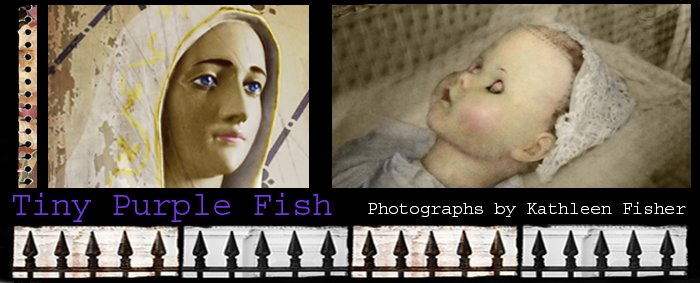

In 2006, Canberra photographers were invited to explore the theme of “wasteland” with reference to their local landscape, physical and/or emotional. The results were exhibited at Belconnen Gallery from 14 to 24 November.
The project is part of a wider initiative by the MV Network, a group of arts facilities spread between Western Sydney, Canberra and Queanbeyan. In 2008, works from the Belconnen show will combine with others produced by artists living between Western Sydney and Canberra to the same theme. These will be shown at the Casula Powerhouse in Sydney.
The following artist statement explains the approach to my two photographs, “Goongarline’s Staircase” and “The Well of Grief”.
From nineteenth-century pastoral prosperity to modern brick suburbs still surrounded by paddocks dotted with cows — my interpretation of Wasteland explores Canberra’s Gungahlin district, past and present, through the story of an early settler’s grief.
Long before Australia had a national capital, when the land that became Canberra was a part of New South Wales known as the Limestone Plains, George Thomas Palmer employed William Davis Junior to manage his property, Ginninderra Estate. Fairytale romance followed — Davis married Palmer’s daughter, Susan Adriana, and became “squire” of the property on his father-in-law and former employer’s death.
Davis transformed Ginninderra Estate into an agricultural showpiece and community hub — he hosted balls with fireworks, and his paddocks were filled with plump sheep, fine horses and tall crops. About the time Ginninderra became a small town, Davis bought more land and built a house named Goongarline, from which “Gungahlin” derives.
The dream of gentrified rural success was shattered, however, on 26 February 1877 when Davis’s nephew, Henry William Earnest Palmer, tumbled from a horse named Gungahline, another Goongarline derivative. Heart-broken by the death of a man he considered a son, Davis instantly sold his horses and land, and turned his back on the district.
This is the story of fertile farmland becoming an emotional wasteland. Curiously, considerable portions of Davis’ land remains barely used today, waiting, it appears, for urban development.
The CSIRO now occupies Goongarline, better known as Gungahlin Homestead, which I have used as a backdrop for exploring Davis’ grief and Henry Palmer’s death. I have used an Anny camera (a Diana clone), which gives a distorted, dreamy quality through light leaks and a plastic lens, and created a sense of memory and fragility with ghostly images in unexpected places — a horse watches from the homestead’s grand entry, while a man grieves by a water pump, now walled up and dry.

5 comments:
Cool pictures Kath. Double exposures or p-shop? Me thinks the former. Am I wrong? Very dreamlike, esp. the horse at the staircase. Are there more in the series?
I tried both ways, but got the best result overlapping three photographs using layers to create each image (plus a lot of erasing!). The dreamlike quality comes from using different levels of transparency for each layer, along with a toy camera. It was the first time I'd done anything like this, so it was a huge and rewarding learning curve. There are just two images in the series, but I'd love to do another interpretation of history ... it's a lot of fun.
Ah, ya got me. Pretty convincing, that's some good p-shoppin'. I'll have to pull out some of the ol' double exposures to show ya how it's done the hard way. Arrrr.
Just to let you know that Henry William Ernest Palmer was known by his third name of Ernest NOT Henry.
William Davis, junior (known as Will) with his wife Susan Adriana (known as Addie) Palmer moved to Woodhouselea, north of Goulburn. There Will and Addie lived at the property called Leeston. Nearby at Coomarmoo lived Will's younger brother Frederick James Davis and his wife Minna Close Palmer (daughter of George Thomas Palmer, junior and sister to Ernest). The Davis family gave the money for St James Church at Woodhouselea to be built with the alter window dedicated to Ernest Palmer.
Catherine Palmer-Woods
cipwoods@hotmail.com
Thanks so much for the info Catherine. It wasn't easy finding details on the tragedy ... in fact, various local histories give quite different information. I'm guessing from your name that you're a reliable source. Thanks so much for getting in touch!
Post a Comment